Lytonol Eye Drop

MRP ₹127.5
(Inclusive of all Taxes)
₹19.1 Cashback (15%)
Lytonol Eye Drop is an ophthalmic medicine used in the treatment of post-operative inflammation and pain following ocular surgery. This medicine belongs to the class of corticosteroids, which work by blocking prostaglandins (a chemical messenger) in the brain that cause inflammation and swelling. Common side effects include watery eyes, irritation, itching, and a foreign body sensation in the eye. It is advised not to touch the tip of the container with your fingers, as it can lead to contamination of the medication.
Know Your Delivery Time
Provide Delivery Location

Secure Payment

India's Most Trusted Pharmacy

Genuine Products
Composition :
Consume Type :
Return Policy :
Expires on or after :
About Lytonol Eye Drop
Lytonol Eye Drop is used to treat post-operative inflammation and pain following ocular surgery. Pain is an unpleasant sensation and emotional experience that is associated with tissue damage. Inflammation is the immune system's natural response to injury or infection. Lytonol Eye Drop is prescribed to treat redness and swelling (inflammation) of the eye.
Lytonol Eye Drop contains Loteprednol etabonate. It is a corticosteroid that works by blocking prostaglandins (a chemical messenger) in the brain that cause inflammation and swelling. Thereby, Lytonol Eye Drop helps treat inflammation and pain.
Lytonol Eye Drop is for ophthalmic use only. You are advised to use Lytonol Eye Drop for as long as your doctor has prescribed it. In some cases, Lytonol Eye Drop may cause watery eyes, irritation, itching, and a sensation of a foreign body in the eye. Most of these side effects of Lytonol Eye Drop are temporary, do not require medical attention, and gradually resolve over time. However, if the side effects are persistent, reach out to your doctor.
Do not take Lytonol Eye Drop if you are allergic to corticosteroids or any ingredient of Lytonol Eye Drop. Also, do not use more than the prescribed dose of Lytonol Eye Drop, as it may cause glaucoma, fungal infections, and cataracts. Do not take any other eye medication with Lytonol Eye Drop, without consulting your doctor. If you have/had glaucoma (increased eye pressure), herpes simplex infection, any other eye problem, or are pregnant or breastfeeding, do not take Lytonol Eye Drop unless prescribed by your doctor.
Uses of Lytonol Eye Drop
Lytonol Eye Drop is used in the treatment of Post-operative inflammation and pain following ocular surgery. The detailed uses of Lytonol Eye Drop are as follows:
- Post-Surgical Recovery: After certain eye surgeries, Lytonol Eye Drop can aid in the healing process by maintaining eye moisture and reducing discomfort.
- Improvement of Tear Film Stability: Lytonol Eye Drop supports the stability of the tear film, which is essential for maintaining clear vision and comfort throughout the day.
- Dry Eye Relief: Lytonol Eye Drop is used to provide relief from the symptoms of dry eyes, helping to lubricate and moisten the eye surface.

Have a query?
Directions for Use
- Lytonol Eye Drop is typically used 1-2 times a day, or as prescribed by your healthcare provider, based on the severity of the condition.
- Tilt your head back, gently pull down your lower eyelid to create a small pocket, and drop the prescribed number of drops into the affected eye. Close your eye and gently press the corner of your eye near the nose for 1-2 minutes to prevent the drops from draining out.
- Avoid touching the dropper to any surface, including your eyes, to prevent contamination.
- Before using eye drops, wash your hands thoroughly.
- It is for ophthalmic use only.
Medicinal Benefits
Lytonol Eye Drop contains Loteprednol etabonate. Lytonol Eye Drop is prescribed to treat eye inflammation and pain after eye surgery. It is a corticosteroid that works by blocking prostaglandins (a chemical messenger) in the brain, which causes inflammation and swelling. As a result, inflammation and pain are reduced after using Lytonol Eye Drop.
How Lytonol Eye Drop Works
Storage
What if I have taken an overdose of Lytonol Eye Drop
Drug Warnings
Inform your doctor if you are allergic to corticosteroids or any of the ingredients of Lytonol Eye Drop. Do not take more than the prescribed dose of Lytonol Eye Drop as it may cause glaucoma, vision problems, fungal infection or cataract. If you have or ever had glaucoma (increased eye pressure), herpes simplex infection, any other eye problem, or are pregnant, do not take Lytonol Eye Drop unless prescribed by your doctor. Avoid using Lytonol Eye Drop if you are breastfeeding. Lytonol Eye Drop may cause temporary blurred vision, so drive only if your vision is clear.
Diet & Lifestyle Advise
- Visit an optician regularly to monitor your eye condition.
- Try to include heart-healthy omega-3 fatty acid-containing food and drinks in your daily diet. You can also use low-fat cooking oils like olive oil, soybean oil, canola oil, and coconut oil.
- Fruits and vegetables containing Vitamin A and C, help improve vision and recovery from the surgery.
Habit Forming
Therapeutic Class
All Substitutes & Brand Comparisons
RX
Out of StockNayanpred 0.5% Eye Drop
Chethana Pharmaceuticals
₹99
(₹17.82/ 1ml)
22% CHEAPERRX
Out of StockEdnol Eye Drop
Pharmatak Opthalmics India Pvt Ltd
₹99
(₹17.82/ 1ml)
22% CHEAPERRX
Out of StockLeos Eye Drop
Senses Pharmaceuticals Pvt Ltd
₹115
(₹20.7/ 1ml)
9% CHEAPER
Alcohol
Consult your doctor
It is unknown if alcohol affects Lytonol Eye Drop. Please consult your doctor for more information.
Pregnancy
Consult your doctor
Please consult your doctor, as there are no adequate and well-controlled studies in pregnant women. Your doctor will prescribe only if the benefit outweighs the risks.
Breast Feeding
Consult your doctor
Please consult your doctor before using Lytonol Eye Drop if you are a nursing mother.
Driving
Unsafe
Lytonol Eye Drop can cause temporary blurry vision. So, do not drive or operate machinery until your vision is clear.
Liver
Consult your doctor
Please consult your doctor if you have any concerns regarding the usage of Lytonol Eye Drop in patients with liver problems.
Kidney
Consult your doctor
Please consult your doctor if you have any concerns about using Lytonol Eye Drop in patients with kidney problems.
Children
Unsafe
Safety and effectiveness in pediatric patients have not been established. Please consult your doctor for more information.
Heart
Lytonol Eye Drop is generally considered safe for individuals with heart conditions. However, please consult your doctor if you have any concerns.
Geriatrics
Safe if prescribed
Lytonol Eye Drop is generally considered safe for elderly patients when used as prescribed by a doctor. Please consult your doctor before using Lytonol Eye Drop.
FAQs
Lytonol Eye Drop is used to treat post-operative inflammation and pain following ocular surgery.
Lytonol Eye Drop works by blocking prostaglandins (a chemical messenger) in the brain, which causes inflammation and swelling. As a result, Lytonol Eye Drop reduces inflammation and pain.
Lytonol Eye Drop should be taken in the dose and duration as advised by the doctor. If you take more than the recommended dose, it may cause unwanted side effects, such as increased eye pressure, fungal infection, optic nerve damage, vision problems, or cataracts. If you think your symptoms are not improving, please consult your doctor.
Do not stop taking Lytonol Eye Drop without talking to your doctor. Continue using Lytonol Eye Drop for as long as it has been advised by the doctor to treat your condition effectively. If you experience any difficulty while using Lytonol Eye Drop, consult your doctor.
Avoid wearing contact lenses while using Lytonol Eye Drop. If you are wearing contact lenses, remove them and wait 15 minutes after applying the drops. However, wearing contact lenses is not recommended post-cataract surgery. Your doctor may advise you to wear glasses as they help the eyes recover from the operative procedure.
Lytonol Eye Drop should be used with other eye medications only if prescribed by the doctor. If you are using any other eye medications, inform your doctor as anti-glaucoma agents may increase the effects of Lytonol Eye Drop.
The common side effects of Lytonol Eye Drop include watery eyes, irritation, itching, and a foreign body sensation in the eye. Most of these side effects are temporary; however, if they persist, please consult your doctor.
Before using Lytonol Eye Drop, make sure you are not allergic to any of its components or corticosteroids. Inform your doctor if you have or ever had glaucoma (increased eye pressure), herpes simplex infection, or any other eye problem. Also, let your doctor know if you are pregnant and breastfeeding, wearing contact lenses, or taking other medications. Always follow the prescribed dosage and avoid contact with the dropper tip to prevent contamination.
Lytonol Eye Drop should only be used during pregnancy if prescribed by your doctor. Since information on its safety during pregnancy may be limited, your doctor will prescribe it only if the benefits outweigh the risks.
Yes, Lytonol Eye Drop is effective when used at the dose and duration recommended by your doctor. If you stop using Lytonol Eye Drop too early, the symptoms may return or worsen.
The use of Lytonol Eye Drop should be avoided in individuals who are allergic to any of its components. It is also not recommended for use in most viral infections of the cornea and conjunctiva, such as herpes simplex infection, as well as in mycobacterial and fungal infections of the eye. If you have any concerns about using Lytonol Eye Drop, please consult your doctor.
Lytonol Eye Drop should be stored at room temperature, away from direct sunlight. Keep it out of reach of children.
Country of origin
Disclaimer
Author Details
We provide you with authentic, trustworthy and relevant information
Reference
- https://medlineplus.gov/druginfo/meds/a619025.html
- https://www.drugs.com/mtm/loteprednol-ophthalmic.html
- https://www.accessdata.fda.gov/drugsatfda_docs/label/2012/202872lbl.pdf
- https://www.arlakbiotech.com/product/loteprednol-etabonatelotbest/
- https://armaspharmaceuticals.com/products/loteprednol-etabonate-ophthalmic-suspension/





